21 Stunning Places That Might Disappear by 2100
21 Stunning Places That Might Disappear By 2100
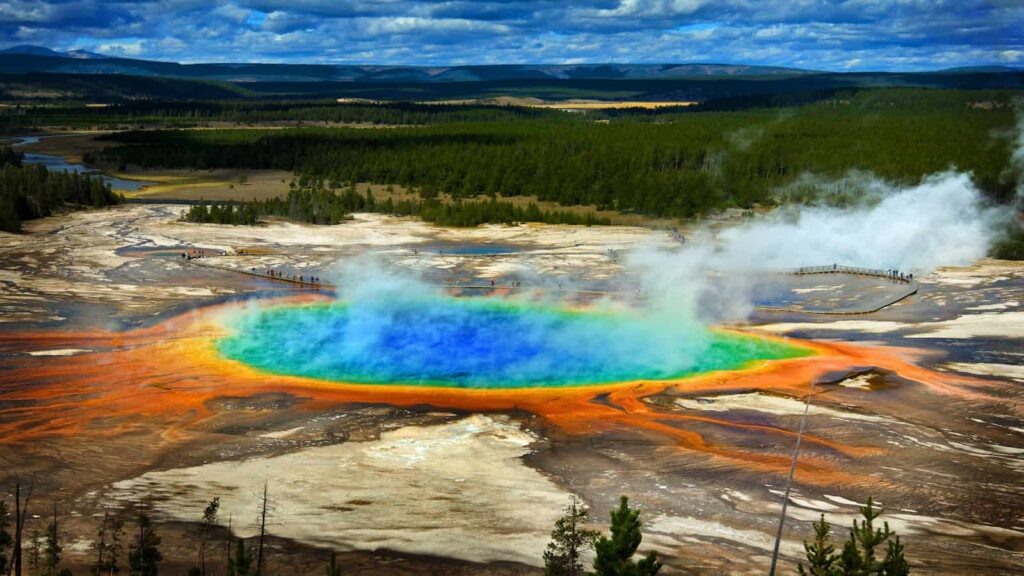
Our world is home to numerous natural and man-made wonders that attract admiration and tourists from across the globe. However, due to various environmental threats and human activities, many of these sites are at risk of disappearing by the end of this century.
This article highlights 21 such endangered places, each facing unique challenges that threaten their existence. From rising sea levels and climate change to deforestation and erosion, these iconic locations need urgent protective measures to preserve their beauty and ecological significance for future generations.
1. Great Barrier Reef, Australia
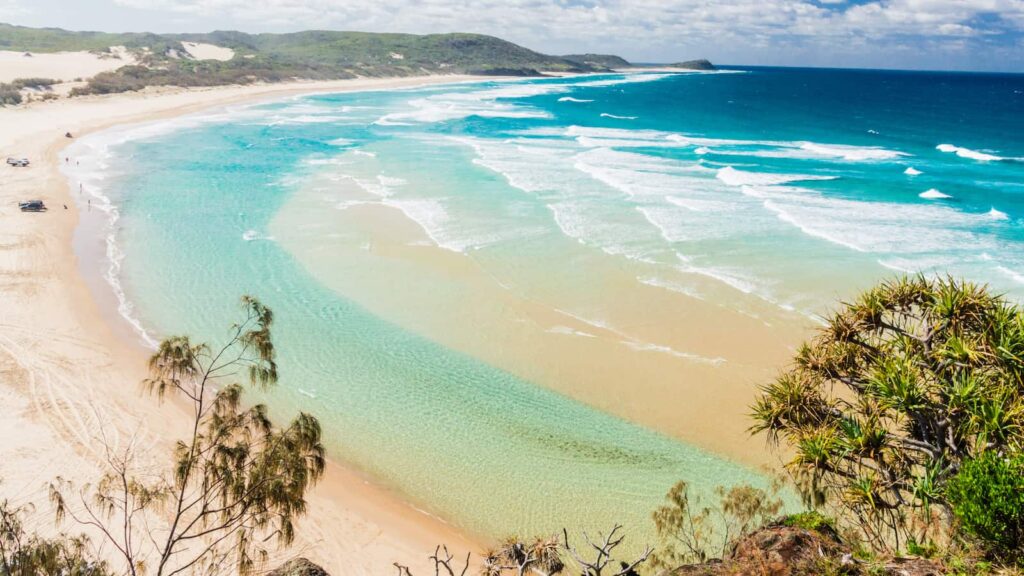
The Great Barrier Reef in Australia, one of the earth’s most spectacular natural wonders, faces serious threats from coral bleaching and ocean acidification. These problems are primarily caused by rising sea temperatures and increased CO2 levels in the atmosphere. Coral bleaching occurs when corals lose their vibrant colors and turn white, significantly weakening them. Ocean acidification, a result of increased carbon dioxide, reduces the amount of carbonate in the water, making it harder for marine creatures like corals to build their calcium carbonate structures.
2. Amazon Rainforest, South America
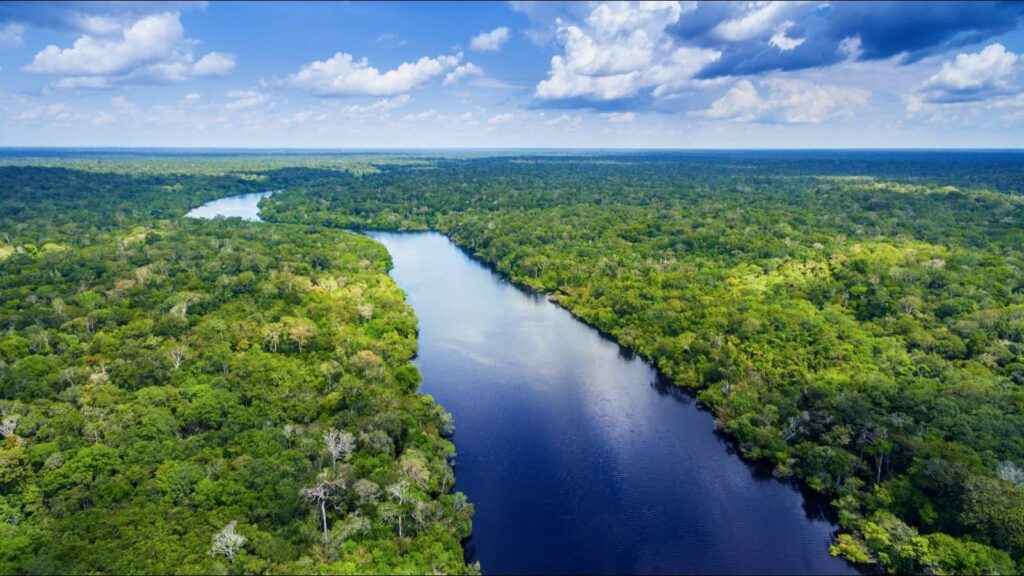
The Amazon Rainforest, often referred to as the planet’s lungs, is critically endangered due to relentless deforestation. Trees are cut down at an alarming rate for agriculture, logging, and urban development, leading to habitat destruction and biodiversity loss. This massive deforestation also contributes to climate change as the carbon stored in trees is released into the atmosphere. Protecting this vital area is essential for maintaining global ecological balance and biodiversity.
3. Venice, Italy
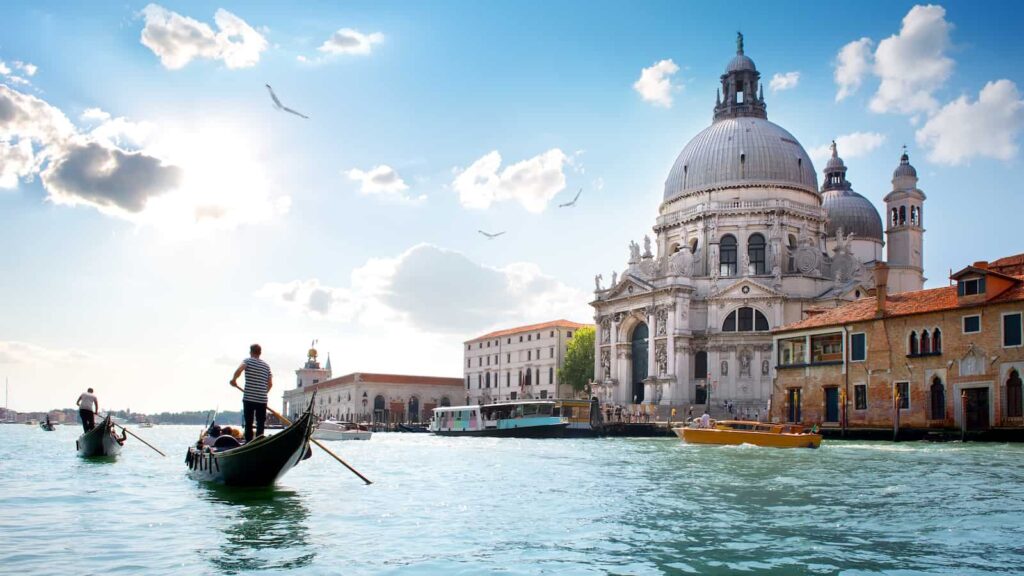
Venice, the iconic floating city, is experiencing significant threats from rising sea levels and subsidence. The city has been sinking over the years due to natural processes and human activity. The rising sea levels, exacerbated by climate change, lead to frequent flooding, damaging buildings and infrastructure. Efforts are ongoing to safeguard this historical city, but the increasing rate of sea-level rise presents a continuous risk.
4. Maldives

The Maldives, a beautiful island nation, stands just meters above sea level, making it extremely vulnerable to the rising seas. As ocean levels continue to rise due to global warming, the islands face the threat of becoming uninhabitable or disappearing altogether. This poses a significant risk to the Maldives’ culture, economy, and very existence.
5. The Dead Sea
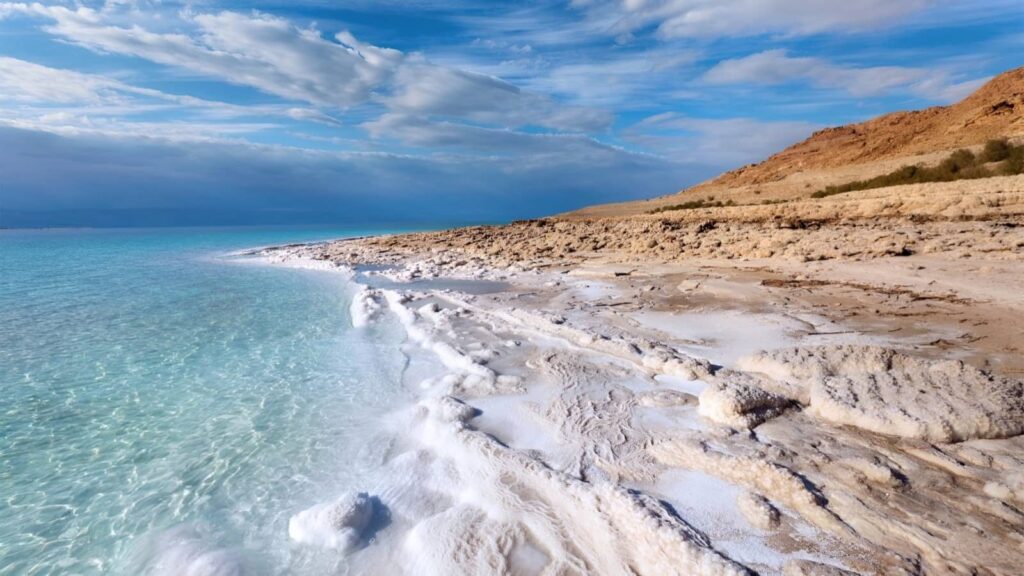
The Dead Sea, known for its extremely salty water and buoyancy, is shrinking at an alarming rate. Water diversion projects in the region reduce the natural inflow of water, while mineral extraction further depletes this unique body of water. As the sea levels drop, sinkholes appear, and the remaining water becomes even saltier, which poses challenges for the ecosystem and local industries.
6. Glacier National Park, USA
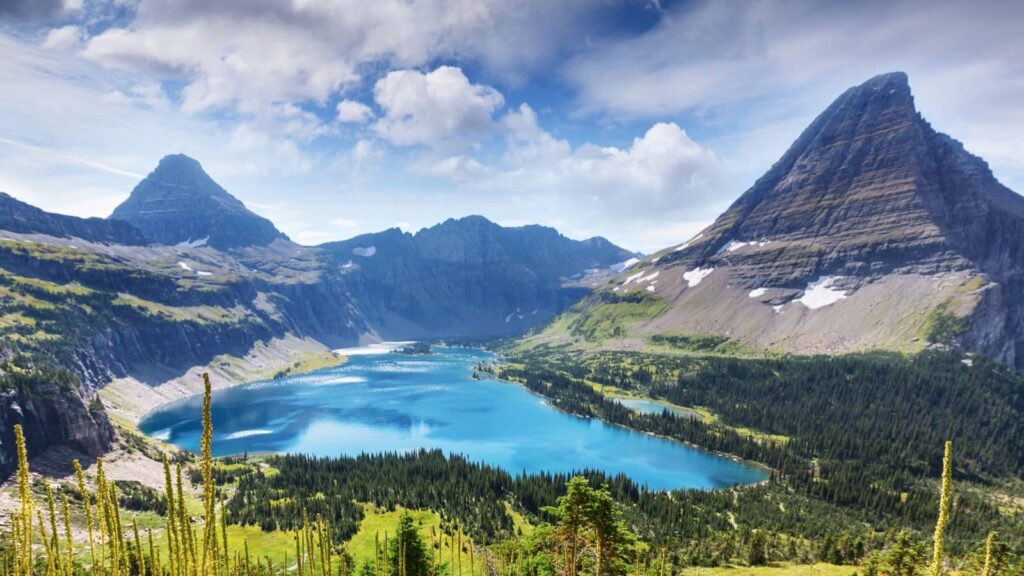
Glacier National Park, once home to numerous large glaciers, has witnessed a drastic reduction in glacier size due to global warming. The melting glaciers not only affect the park’s landscape but also have broader ecological impacts, including reduced water availability in the region during the summer months. If the current rate of temperature rise continues, the park’s iconic glaciers might vanish entirely, leaving behind a vastly different landscape.
7. Antarctica

Antarctica is one of the most pristine and untouched places on Earth, but it’s under serious threat from climate change. The continent’s ice is melting at an alarming rate, contributing to rising sea levels globally. This melting ice endangers the unique biodiversity of Antarctica, which includes species like the emperor penguin and the Weddell seal. These animals depend on the ice for breeding and feeding. As their habitat diminishes, their survival is put at risk. Furthermore, the loss of ice affects global ocean currents and weather patterns, having a far-reaching impact beyond the continent. If current trends continue, significant portions of Antarctica’s ice could vanish by 2100, drastically altering its ecosystem and the planet’s climate.
8. Arctic
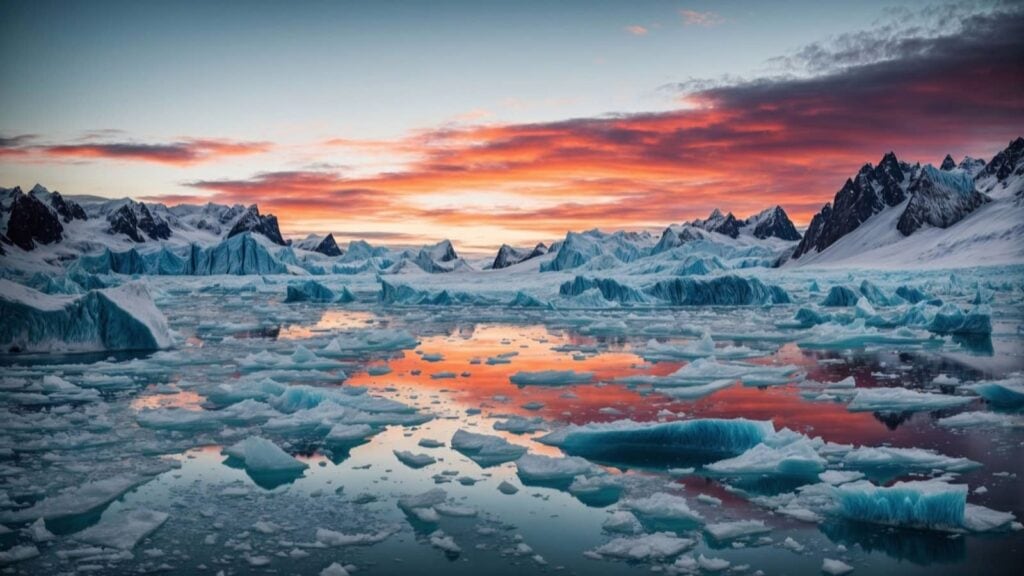
The Arctic is warming at twice the rate of the global average, a phenomenon known as Arctic amplification. This rapid warming has dire consequences for the region’s wildlife, including iconic species like polar bears, walruses, and Arctic foxes. The melting ice reduces the habitat available for these animals, making it harder for them to hunt and breed. Additionally, indigenous communities that have lived in the Arctic for centuries are seeing their way of life threatened. The loss of sea ice also opens up the region to increased human activities like shipping and oil drilling, which can further harm the fragile environment. Without urgent action, the Arctic as we know it could be drastically changed by the end of the century.
9. The Congo Basin, Africa
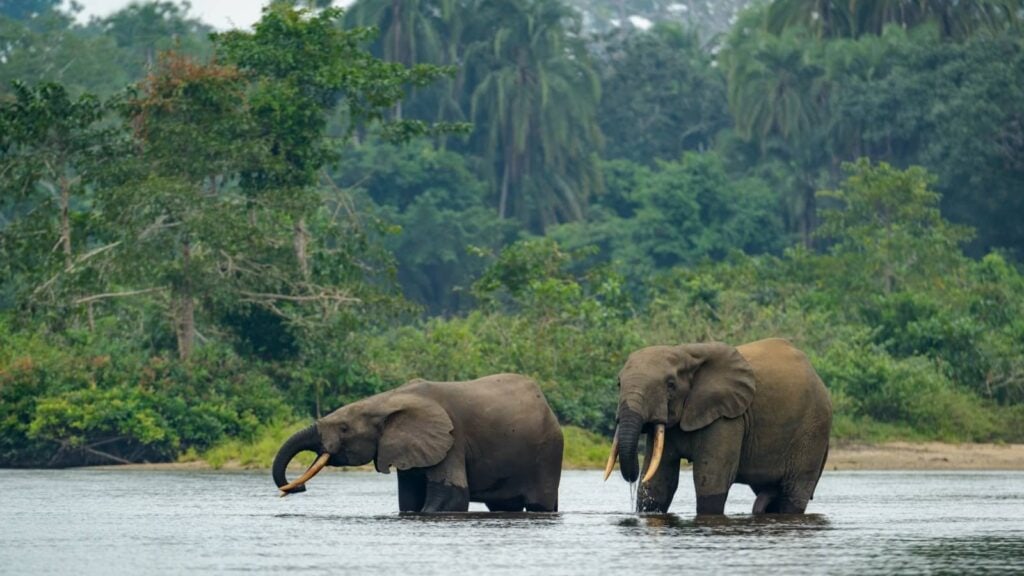
The Congo Basin, often referred to as the “lungs of Africa,” is the world’s second-largest rainforest. It plays a critical role in absorbing carbon dioxide and regulating the global climate. However, this vital rainforest is under severe threat from deforestation and climate change. Logging, mining, and agricultural expansion are destroying vast areas of forest, leading to habitat loss for many species, including the critically endangered mountain gorilla. Climate change exacerbates these issues by altering rainfall patterns and increasing the frequency of droughts, which can lead to forest fires. If current trends continue, a significant portion of the Congo Basin could be lost by 2100, with devastating consequences for biodiversity and the global climate.
10. Micronesia and Polynesia
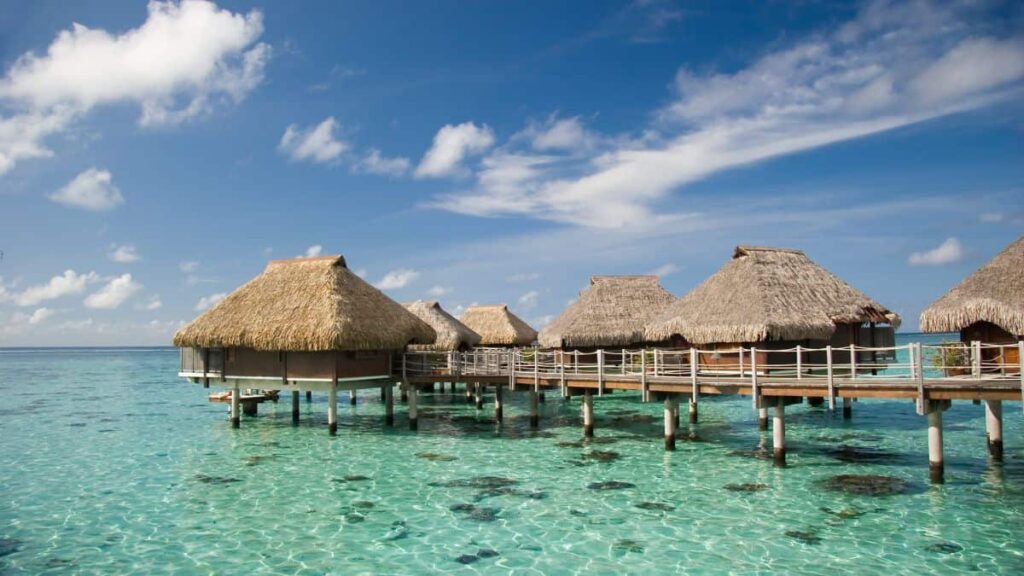
The low-lying islands of Micronesia and Polynesia are highly vulnerable to sea-level rise caused by climate change. These islands, scattered across the vast Pacific Ocean, are home to unique cultures and ecosystems. Rising sea levels threaten to inundate these islands, displacing communities and destroying habitats. The increasing frequency and intensity of storms and flooding exacerbate the situation, leading to saltwater intrusion that can ruin freshwater resources and agricultural land. The loss of these islands would not only be a tragedy for their inhabitants but also for the global community, which stands to lose invaluable cultural heritage and biodiversity. Urgent action is needed to mitigate climate change and protect these fragile islands from disappearing.
11. Mount Kilimanjaro, Tanzania
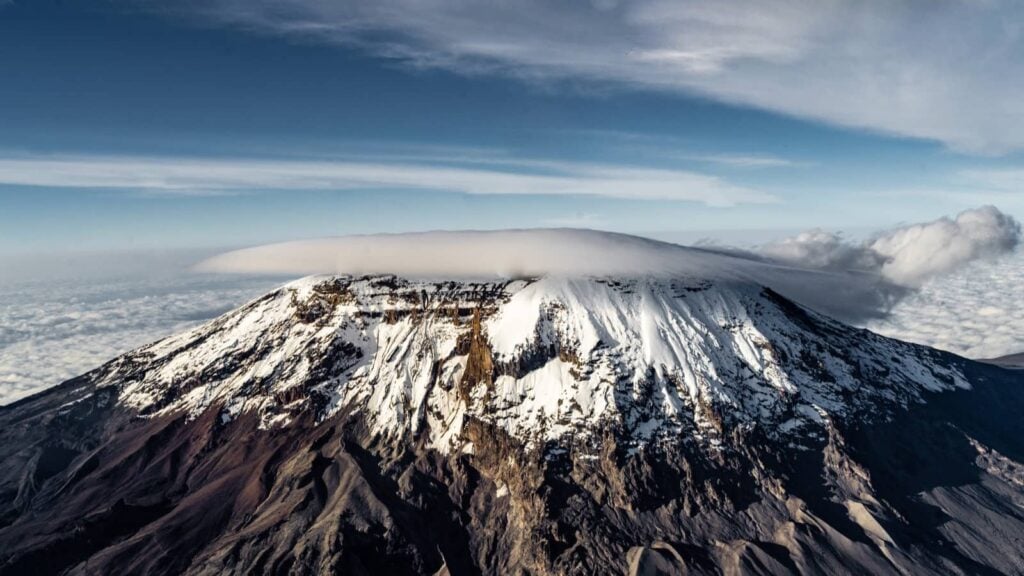
Mount Kilimanjaro, Africa’s highest peak, is renowned for its stunning ice caps. However, these ice caps are rapidly shrinking due to climate change. Since the early 20th century, Kilimanjaro has lost about 85% of its ice cover, and scientists predict that the remaining ice could disappear entirely within a few decades. This loss is not just an aesthetic tragedy; it also affects the local climate and water supply. The melting ice contributes to changes in the regional weather patterns and affects the flow of rivers that support agriculture and communities in the surrounding areas. The disappearance of Kilimanjaro’s ice caps would be a significant loss for both natural beauty and local livelihoods.
12. Everglades, USA
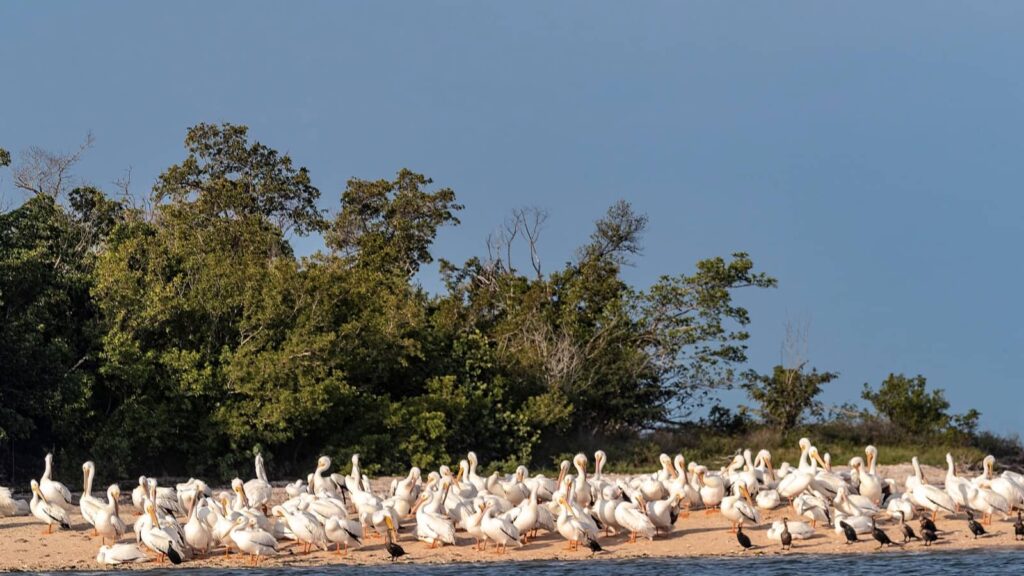
The Everglades in Florida is a unique ecosystem, home to a wide variety of wildlife, including endangered species like the Florida panther and the West Indian manatee. However, rising sea levels and habitat loss pose significant threats to this fragile environment. Saltwater intrusion from rising seas is altering the freshwater ecosystems, making it difficult for many species to survive. Additionally, urban development and agricultural expansion have already drained large portions of the wetlands. Climate change exacerbates these issues by increasing the frequency of extreme weather events like hurricanes and droughts. If current trends continue, the Everglades could be drastically altered by 2100, with many species facing extinction.
13. Serengeti, Tanzania
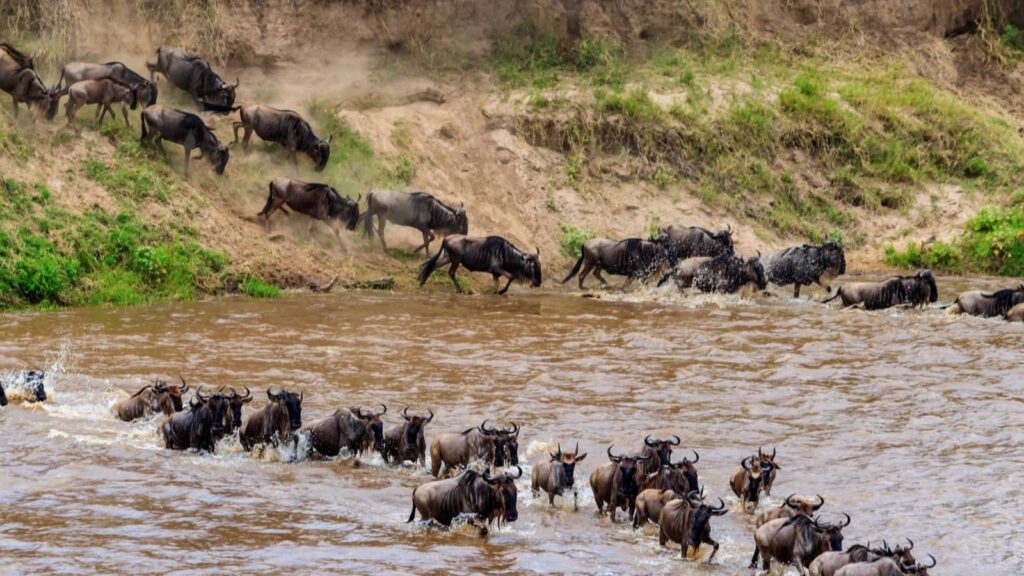
The Serengeti is famous for its incredible wildlife and the annual migration of millions of wildebeest and zebras. However, changing rainfall patterns and prolonged droughts pose serious threats to this iconic landscape. Climate change is altering the timing and distribution of rainfall, which affects the availability of water and food for the animals. Droughts can lead to reduced grass growth, which in turn impacts the herbivores and the predators that depend on them. Additionally, human activities such as agriculture and poaching further threaten the delicate balance of this ecosystem. Without significant conservation efforts, the Serengeti’s rich biodiversity could be at risk by 2100.
14. Ujung Kulon National Park, Indonesia
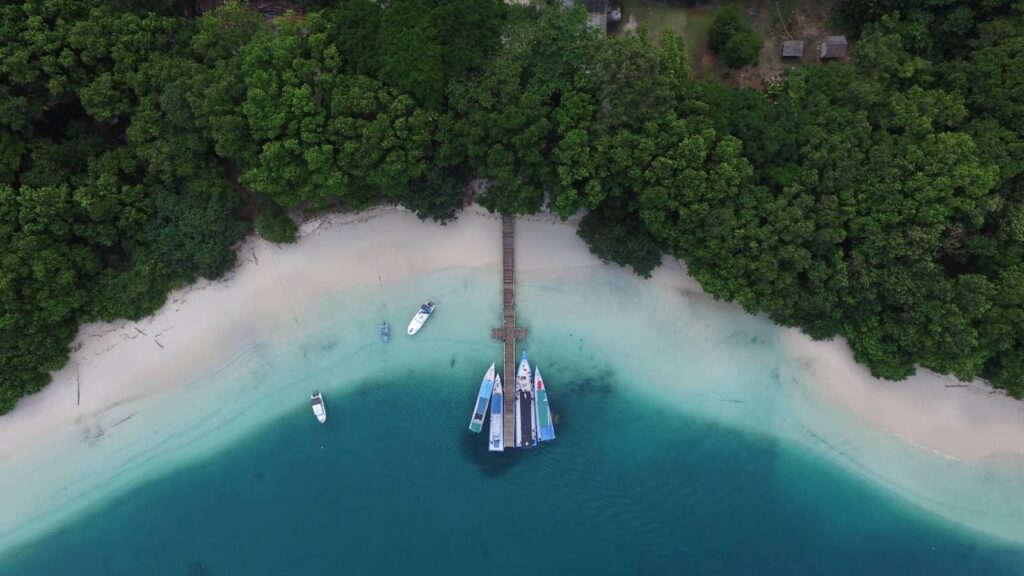
Ujung Kulon National Park in Indonesia is the last refuge of the critically endangered Javan rhino. This lowland rainforest is also home to numerous other species, including rare plants and animals. However, rising sea levels and climate change threaten this vital sanctuary. Coastal erosion and saltwater intrusion can alter the habitat, making it unsuitable for the rhinos and other wildlife. Additionally, increasing temperatures and changing rainfall patterns can disrupt the delicate ecological balance of the park. Protecting Ujung Kulon is crucial not only for the Javan rhino but also for the many species that depend on this unique environment.
15. Monarch Butterfly Biosphere Reserve, Mexico
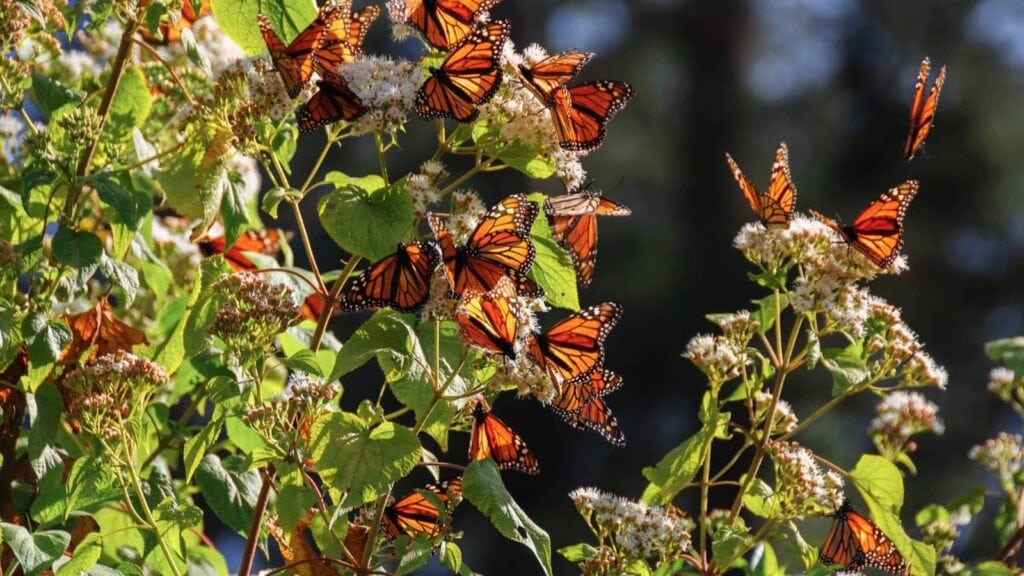
The Monarch Butterfly Biosphere Reserve in Mexico is the winter home for millions of migrating monarch butterflies. However, climate change is disrupting their migration patterns and threatening this unique sanctuary. Changes in temperature and precipitation can affect the availability of the specific habitats and food sources the butterflies need. Additionally, deforestation in the reserve and along their migration route further jeopardizes their survival. The loss of this reserve would mean the loss of one of nature’s most remarkable phenomena. Conservation efforts are essential to protect the monarch butterflies and ensure their spectacular migration continues for future generations.
16. Mesoamerican Barrier Reef, North America
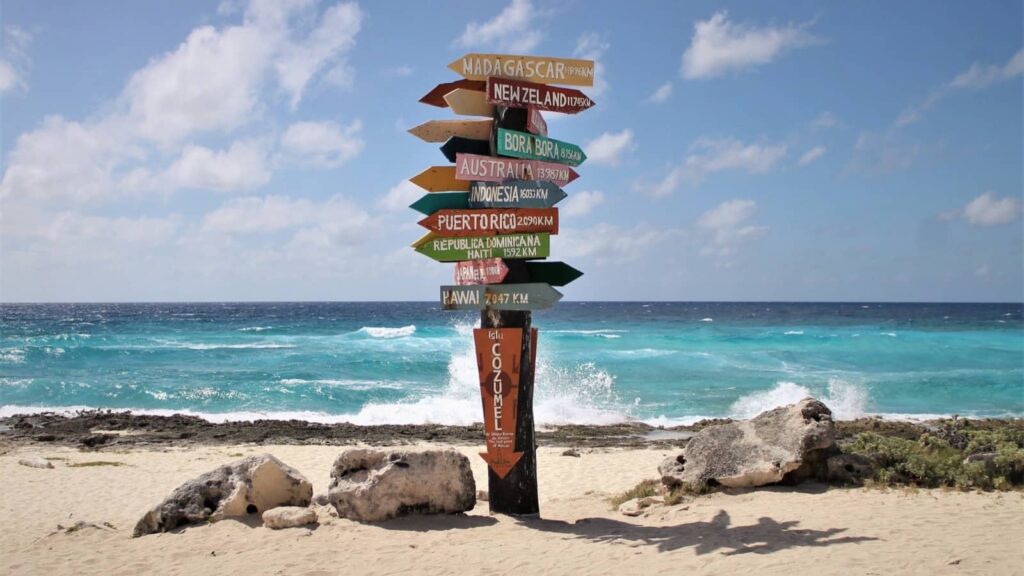
The Mesoamerican Barrier Reef, the second-largest coral reef system in the world, stretches over 1,000 kilometers along the coasts of Mexico, Belize, Guatemala, and Honduras. This vibrant ecosystem supports a rich diversity of marine life and provides livelihoods for local communities through fishing and tourism. However, rising sea temperatures and coral bleaching threaten the reef’s survival. Climate change increases the frequency and severity of coral bleaching events, where corals expel the algae they rely on for food, leading to their death. Additionally, coastal development and pollution further stress the reef. Protecting this critical ecosystem is essential for maintaining marine biodiversity and the economic stability of the region.
17. White Cliffs of Dover, UK
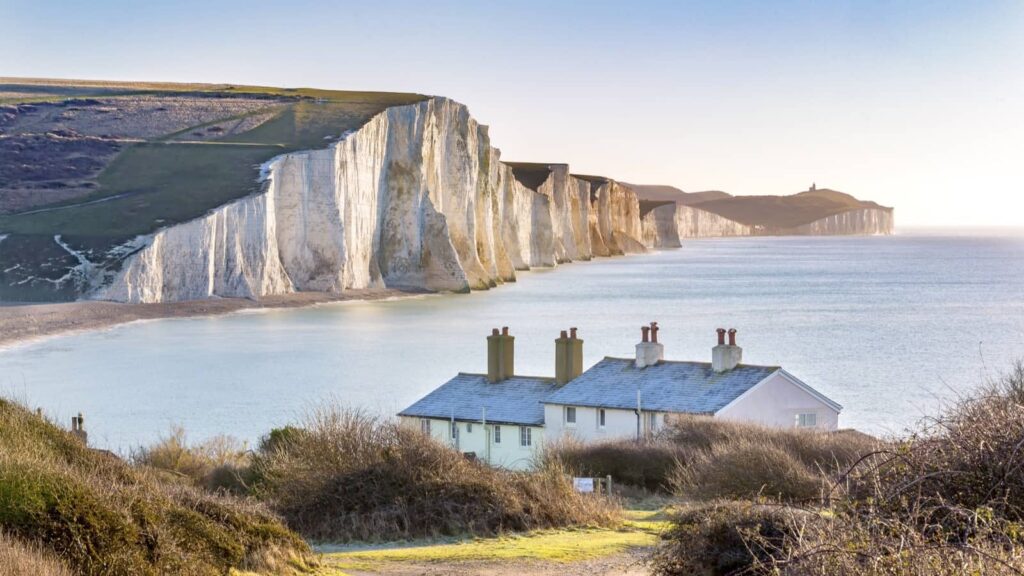
The White Cliffs of Dover are an iconic British landmark, known for their striking appearance and historical significance. However, these cliffs are eroding at an accelerated rate due to climate change and human activity. Increased storm frequency and rising sea levels contribute to the erosion, causing large sections of the cliffs to collapse into the sea. This erosion not only threatens the landscape but also the habitats of various plant and animal species that live on the cliffs. Efforts to stabilize the cliffs and protect the surrounding environment are crucial to preserving this natural wonder for future generations.
18. Ha Long Bay, Vietnam
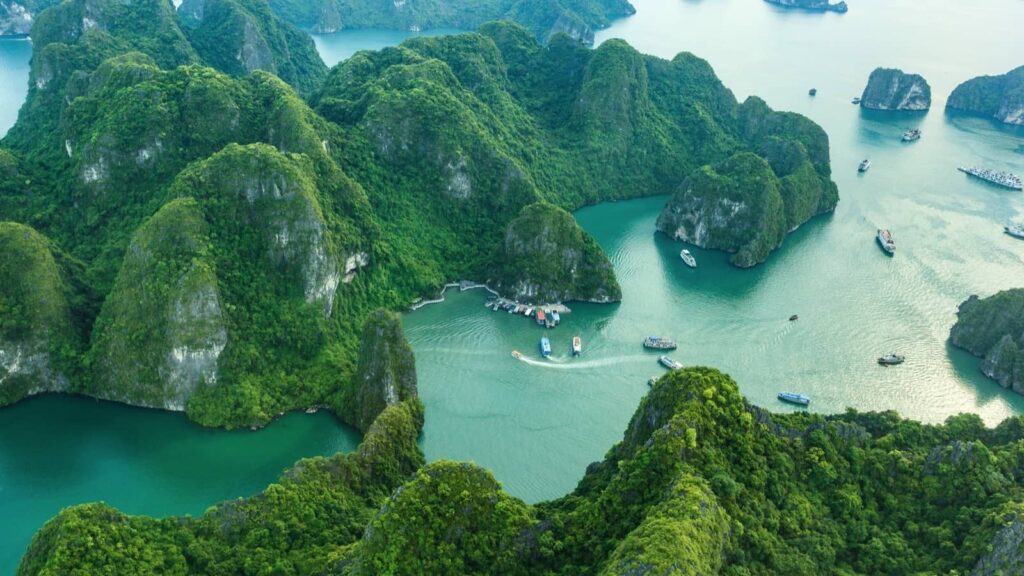
Ha Long Bay in Vietnam is renowned for its stunning limestone karsts and emerald waters. This UNESCO World Heritage site attracts millions of visitors each year. However, extreme weather events and erosion threaten the bay’s natural beauty. Climate change increases the frequency and intensity of storms, leading to greater erosion of the limestone formations. Additionally, rising sea levels can submerge parts of the bay, altering its unique landscape. Protecting Ha Long Bay requires addressing both climate change and the environmental impacts of tourism to ensure this natural wonder remains intact.
19. The Stone Forest, China
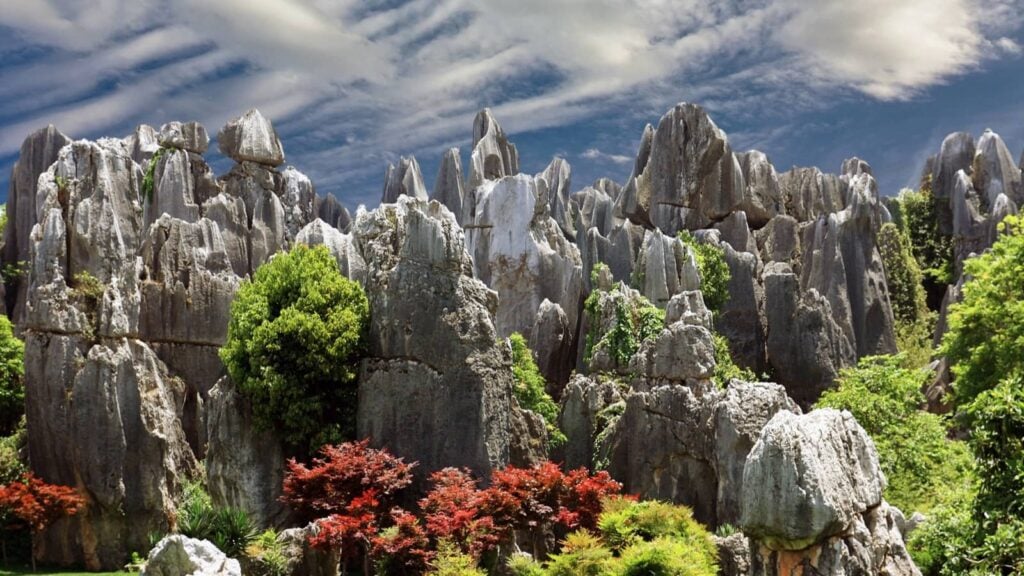
The Stone Forest in China’s Yunnan Province is a natural wonder featuring towering limestone formations that resemble a forest made of stone. These unique structures were formed over millions of years but are now threatened by erosion and climate change. Increased rainfall and extreme weather events accelerate the erosion of the limestone, gradually wearing away these ancient formations. Additionally, human activities such as mining and tourism can further impact the delicate balance of this ecosystem. Preserving the Stone Forest requires careful management and conservation efforts to protect this geological marvel.
20. The Great Wall of China

The Great Wall of China, one of the world’s most famous historical landmarks, is slowly deteriorating due to natural erosion and human activity. Built over centuries to protect against invasions, large sections of the wall are now crumbling. Wind, rain, and sandstorms erode the stone and brick structures, while human activities such as agriculture and construction further damage the wall. Preservation efforts are challenging but essential to maintain this iconic symbol of China’s history and culture. Without significant restoration and protection measures, the Great Wall could lose much of its grandeur by 2100.
21. Yosemite National Park, USA

Yosemite National Park in California is famous for its stunning granite cliffs, waterfalls, and giant sequoias. However, climate change poses a significant threat to this natural wonder. Glacial melt, changing precipitation patterns, and increased wildfire activity are all impacting the park’s ecosystems. The park’s glaciers are rapidly shrinking, altering river flows and affecting the habitats of various species. Warmer temperatures and prolonged droughts increase the risk of wildfires, which can devastate large areas of the park. Protecting Yosemite requires addressing climate change and implementing conservation strategies to preserve its unique landscapes and biodiversity.
40 Most Romantic Europe Beach Destinations
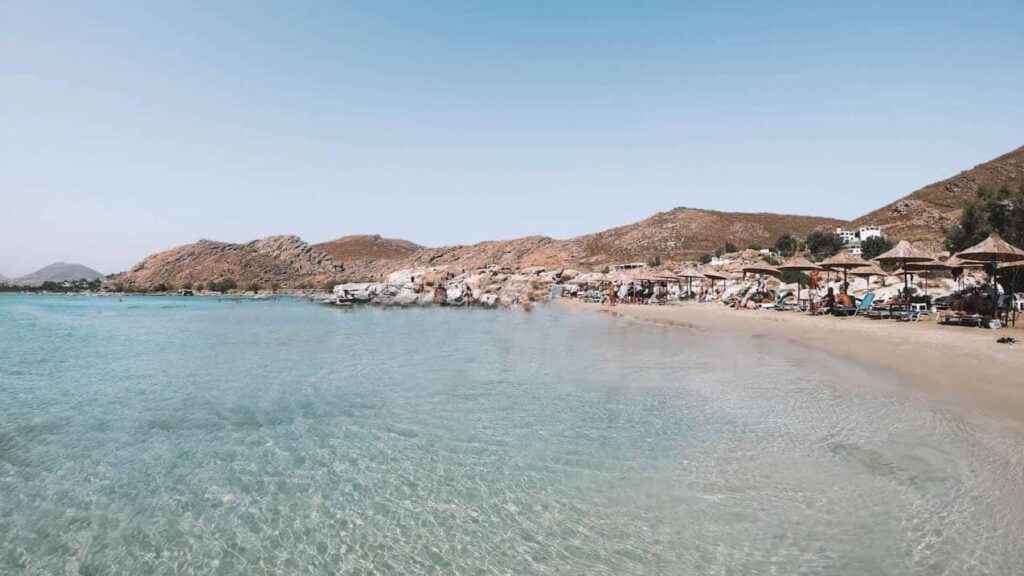
Read More: 40 Most Romantic Europe Beach Destinations
17 Top Rated European City Breaks
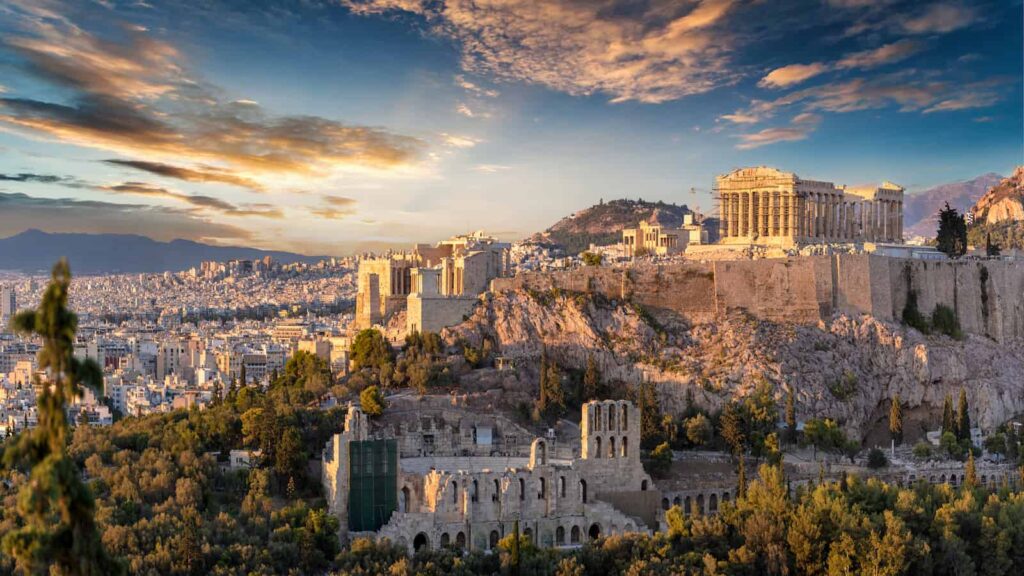
Read More: 17 Top Rated European City Breaks
We are Mary and Eric, the founders of Be Right Back, a blog dedicated to romance around the globe and at home.
We are Mary and Eric, the founders of Be Right Back, a blog dedicated to romance around the globe and at home. With over 10 years of experience in dating and traveling to romantic places, we share our favorite date ideas and romantic destinations to help couples level up their relationships. Having lived in and traveled through the USA, we also share our favourite things to do in the States.
With 70,000 monthly readers and 16,000 followers on social media, Be Right Back is your go-to resource for romantic trip ideas and couple activities at home and abroad.
